PRODUCTS
CONTACT US
Ningbo Nide International Co., Ltd.
一一
· Contact person:Jack Zeng
· Mob/Whatspp/WeChat:0086-13738869026
· Email:emarketing@nide-group.com;marketing4@nide-group.com
· Add:No. 169, Wohushan Road, Daqi Subdistrict, Beilun District, Ningbo, China

Nide team could manufacture ball bearing as per customer’s drawing and samples.
If customer only has samples, we could also design drawing fo r our customer.
We also provide customized service.
Our ball bearing is widely applied the different industrials.
Haishu Nide International Co., Ltd is a professional ball bearing manufacturer in China, exporting various high-precision bearings to target industries around the world since 2010. The factory is located in Suzhou, with a factory area of 9000 square meters and 102 employees. It mainly produces single machine and fully automatic production lines for motor assembly line,external rotor production machines,rotor assembly line and other customized machine tools or production lines.
We has professional technology and rich experience in quality control, customs clearance, commodity inspection, cargo transposition, insurance.We has rich stocks and is able to provide long tern stable supply, including rapid and urgent cargo handing . With companies in Europe, America , Japan and Korea, we are an integrated supplier of bearing, marketing all over the world.
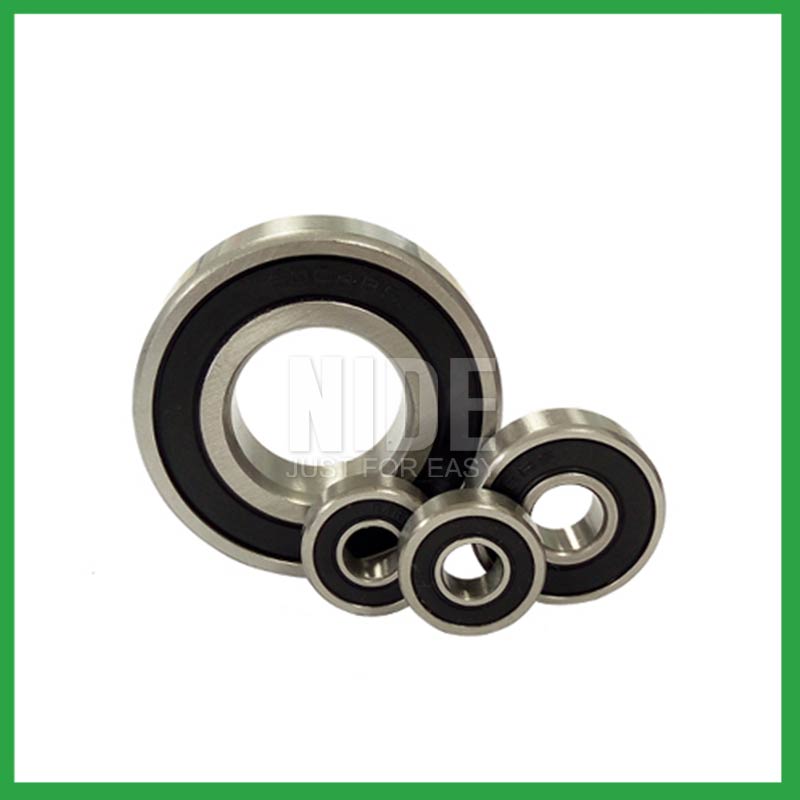
| Parameter | Information |
| Product Name | ball bearings or tapered roller bearing |
| Brand Name | Nide |
| Place of Origin | Ningbo,Zhejiang |
| Type | Ball |
| Material | ceramics, etc. |
| Sample | Avaible |
| Warranty | 3months-1year |
| Lubrication | Dry/ Oil |
| Application | aviation engines, etc. |
| Port | Ningbo/Shanghai |
| Size(mm) | customize |
| Export Country | Argentina,Brazil,South Korea,Azerbaijan,Malawi,Tromelin Island,Burundi,South Africa...etc |
| Export region | Europe,America,Africa... |
| Certification | ISO 9001 Certification,CE-stator coil lacing machine,CE-insulation paper inserting machine,etc |
| Precision Rating | as per customer's requirement |
| Feature | High speed,Simple structure...etc |
| Packaging Details | Suitable for sea transportation |
| Color | gray+customized |
| Seals Type | Rubber seals |
| Service | Prompt Delivery |
| Supply Ability | 100000-500000 Piece/Pieces per Month |
| Lead time (days) | 15-20 (To be negotiated) |
Please note: The above table data is for reference only. For specific information, please contact us.
ball bearings or tapered roller bearing is a component with a ball as the rolling element, consisting of an inner ring, an outer ring, and a ball. They form a closed raceway between the rings, and the ball rolls through a curved surface in the raceway.
During the installation process, pollution from dirt and wear media should be prevented;
Temperature and humidity should be controlled to avoid excessive temperatures during startup and operation;
It should be operated and lubricated in the correct reverse direction to avoid unnecessary damage.
Ball bearings have many advantages, making them highly competitive in the market.
Firstly, they are very durable and have good wear performance, making their service life longer than many other types of bearings.
Secondly, they are easy to install and can provide low friction performance in various applications.
Thirdly, they require a relatively low level of maintenance, making them cost-effective.
In addition, compared to many other types of bearings, their purchase cost is relatively low, making them an economical choice.




ball bearings or tapered roller bearing---FAQs Guide
2.What are the after-sales services available for ball bearings or tapered roller bearing?
3.What are the standard sizes and dimensions of ball bearings or tapered roller bearing?
4.How do manufacturers ensure the quality and reliability of ball bearings or tapered roller bearing through material selection and precision machining?
5.What are the ball bearings or tapered roller bearing product skill training options?
6.Are there ongoing research and development efforts aimed at improving ball bearings or tapered roller bearing materials, designs, and lubrication techniques?
7.What is the role of ball bearings or tapered roller bearing in reducing friction and wear in automotive applications, such as wheel hubs and transmissions?
8.Are there miniature ball bearings or tapered roller bearing designed for use in precision instruments and small-scale mechanisms?
9.Are there hybrid ball bearings or tapered roller bearing that combine steel rings with ceramic balls to optimize performance in demanding applications?
10.What is the production capacity of the factory for ball bearings or tapered roller bearing?
11.As a ball bearings or tapered roller bearing manufacturer,What is your payment method?
12.What are the common materials used in ball bearings or tapered roller bearing manufacturing?
13.What are the considerations for selecting sealed or shielded ball bearings or tapered roller bearing to protect against contamination and retain lubrication?
14.As a ball bearings or tapered roller bearing manufacturer,How Can We Guarantee Quality?
15.Can ball bearings or tapered roller bearing be used in vacuum or cleanroom environments, and what measures are taken to prevent outgassing or contamination?
16.What are the considerations for choosing between open, shielded, or sealed ball bearings or tapered roller bearing in specific applications?
1.What maintenance practices are recommended to extend the lifespan of ball bearings or tapered roller bearing and prevent premature failure?
Proper handling and installation of ball bearings or tapered roller bearing is essential to preventing premature failure. Ensure that bearings are stored and transported in a clean, dry, and vibration-free environment. During installation, ensure that bearings are properly aligned, and torque is applied correctly.
2.What are the after-sales services available for ball bearings or tapered roller bearing?
If you find problems or failures in the assembly or use of the bearings , which needs to consult and other services, please feedback to Nide International in time.
3.What are the standard sizes and dimensions of ball bearings or tapered roller bearing?
ball bearings or tapered roller bearing size charts are widely available, and can be used to find the measurements of a specific bearing. Series 6200 and 6300 are the most commonly used, and typically range from 10 x 30 x 9 mm (. 394 x 1.181 x . 354 in) to 150 x 320 x 65 mm (5.906 x 12.598 x 2.559 in).
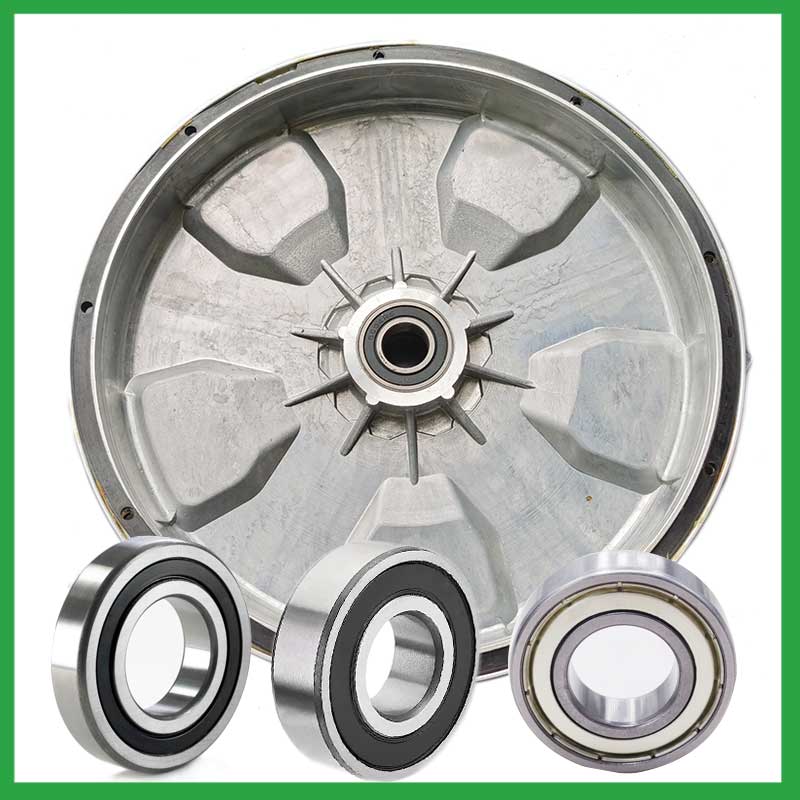
4.How do manufacturers ensure the quality and reliability of ball bearings or tapered roller bearing through material selection and precision machining?
High-precision measuring instruments, such as micrometers and gauges, are used to check the dimensions of the rings and balls to ensure they meet tight tolerances. Surface Finish Inspection: Surface finish is assessed using profilometers to ensure the required smoothness and low friction characteristics.
5.What are the ball bearings or tapered roller bearing product skill training options?
Quality comes from being controlled rather than be done. On the basis of the escalating production equipment and optimized process, Nide spare no efforts and keeps improving for quality control. Quality assurance covered with system, technology and human resources are in full swing.
6.Are there ongoing research and development efforts aimed at improving ball bearings or tapered roller bearing materials, designs, and lubrication techniques?
A custom ball bearings or tapered roller bearing can satisfy almost any customer’s needs. Your application may need a needle roller or ball bearing, a radial or angular contact design, a plain carbon steel bearing with anti-corrosion coatings or stainless steel, a thrust bearing or a spherical bearing, tight or loose radial play, sealed or non-sealed designs
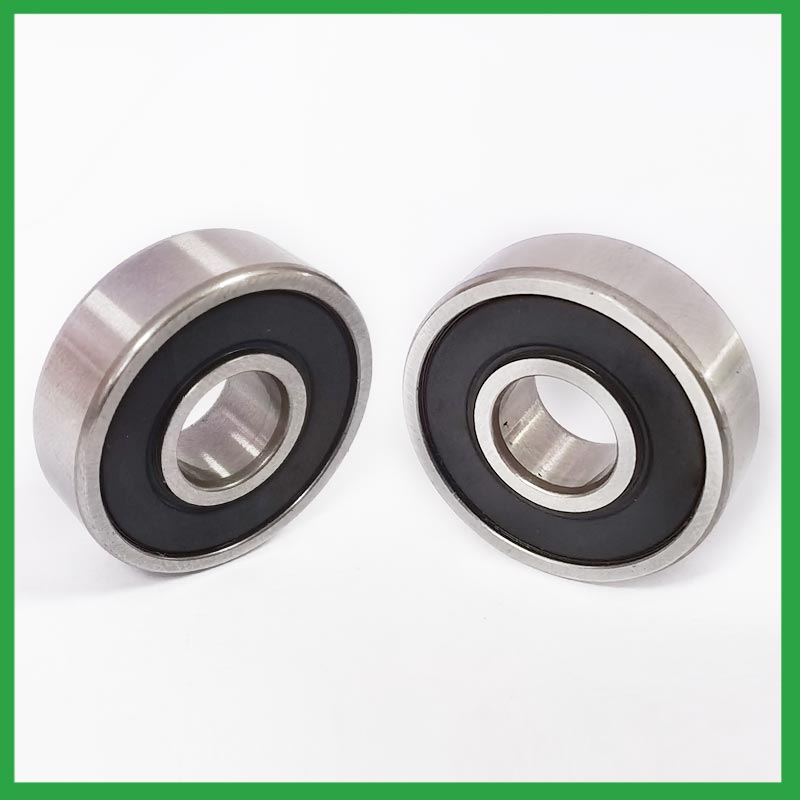
7.What is the role of ball bearings or tapered roller bearing in reducing friction and wear in automotive applications, such as wheel hubs and transmissions?
When a load is applied to a ball bearing, the ball bearings or tapered roller bearing roll freely between the inner and outer rings. This rolling action significantly reduces friction compared to sliding contact, resulting in smoother rotation and reduced wear.
8.Are there miniature ball bearings or tapered roller bearing designed for use in precision instruments and small-scale mechanisms?
Miniature bearings, despite their small size, play a significant role in various industries and applications. These compact powerhouses, typically measuring less than one inch in outer diameter, offer exceptional precision, durability, and reliability. Miniature bearings find extensive use in precision instruments and robotics.
9.Are there hybrid ball bearings or tapered roller bearing that combine steel rings with ceramic balls to optimize performance in demanding applications?
Hybrid Ceramic ball bearings or tapered roller bearing. Ceramic ball bearings (also known as hybrid bearings) are the one component that'll easily optimize the performance of your application. Hybrid bearings have ceramic (silicon nitride, Si3N4) balls and 52100 bearing steel rings.
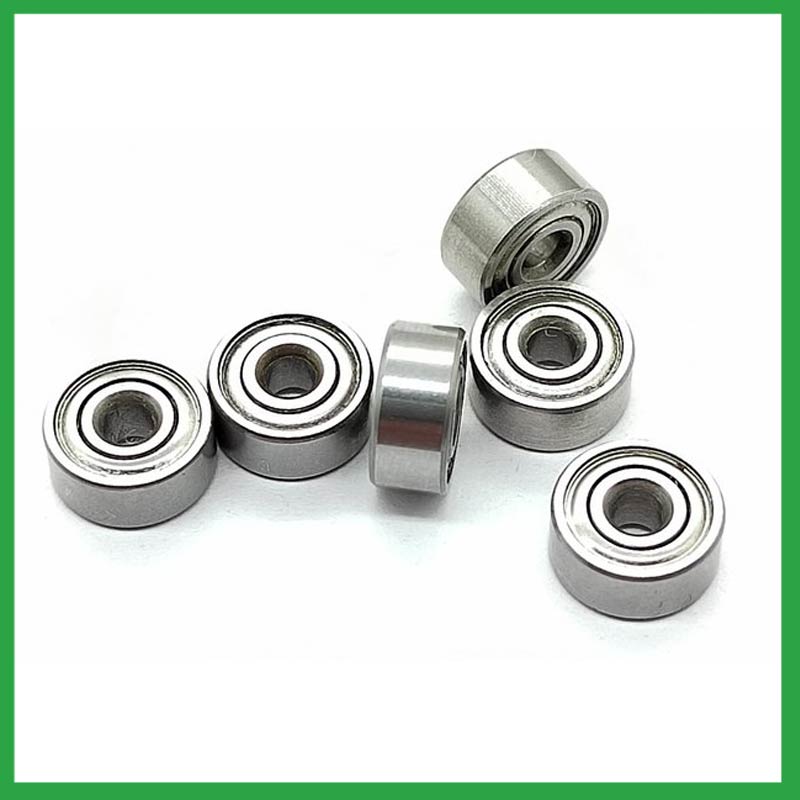
10.What is the production capacity of the factory for ball bearings or tapered roller bearing?
The production capacity of Ningbo Haishu Nide International is:50000000pcs/month
11.As a ball bearings or tapered roller bearing manufacturer,What is your payment method?
We accept T/T, PAYPAL or Western Union, credit card or via ALIBABA Assurance order.
12.What are the common materials used in ball bearings or tapered roller bearing manufacturing?
Most ball bearings or tapered roller bearing are made of a type of steel known as high carbon chromium steel, often called chrome steel. This is used for reasons of cost and durability. Bearings are also made from other materials such as stainless steel, ceramics and plastic.
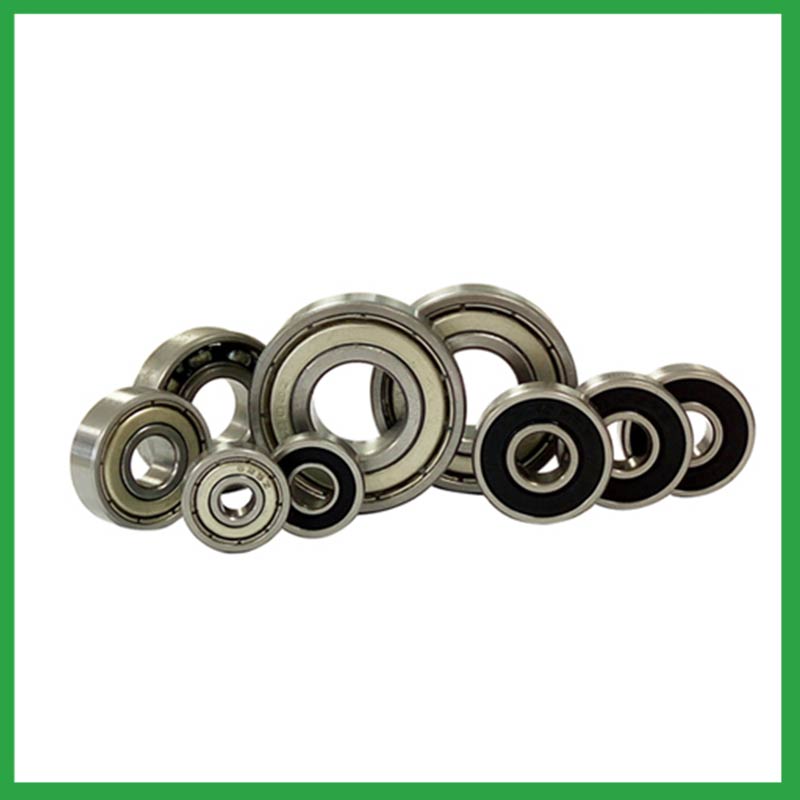
13.What are the considerations for selecting sealed or shielded ball bearings or tapered roller bearing to protect against contamination and retain lubrication?
First, the environment in which your ball bearings or tapered roller bearing operate in can help you identify potential contaminants, allowing you to select your shields or seals accordingly. For example, shielded bearings have a gap that can allow finer contaminants or water from washdown applications to enter the bearing and get into the raceways.The challenge for sealing bearings is to seal the bearing by protecting the bearing from contaminants and running efficiencies.
14.As a ball bearings or tapered roller bearing manufacturer,How Can We Guarantee Quality?
Always a Pre-production Sample Before Mass Production;Always Final Inspection Before Shipment.
15.Can ball bearings or tapered roller bearing be used in vacuum or cleanroom environments, and what measures are taken to prevent outgassing or contamination?
Bearings specify stainless steel for vacuum or cleanroom applications as stainless steels used for the rings, balls and retainer exhibit low outgassing. They usually supply open or shielded stainless steel bearings as vacuum bearings as these will outgas less than a nitrile rubber sealed bearing.
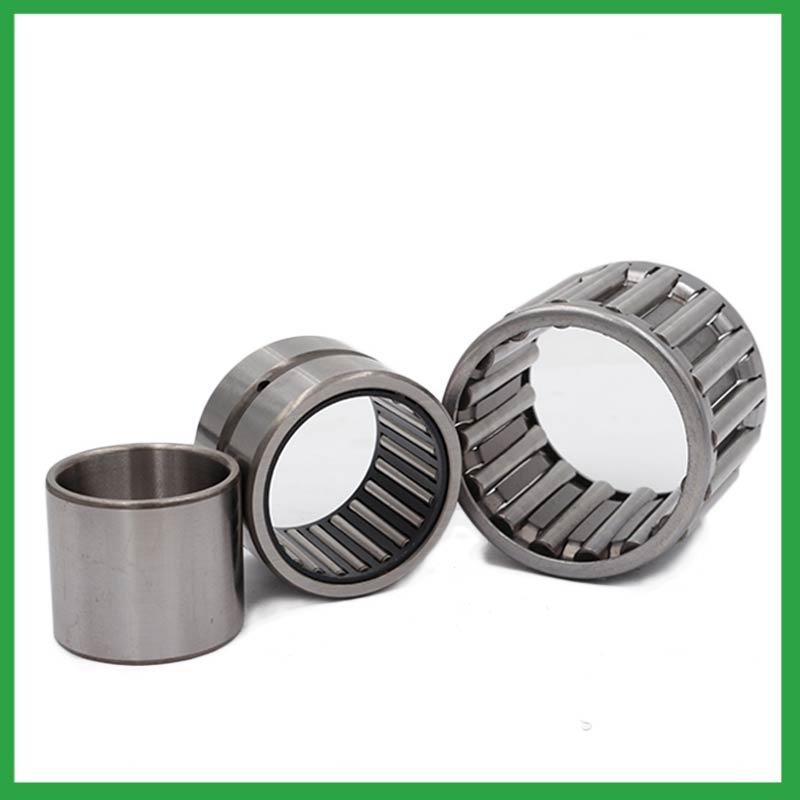
16.What are the considerations for choosing between open, shielded, or sealed ball bearings or tapered roller bearing in specific applications?
While sealed bearings offer superior protection and maintenance advantages, shielded ball bearings or tapered roller bearing can be more suitable in situations where minimal friction and operating temperature are crucial. It's essential to assess the operational environment and demands before making a selection.

